With NRC oversight and layers of safety precautions, a nuclear plant is one of the safest industrial environments in the United States. Nuclear power plants are among the safest and safest facilities in the world. However, accidents can occur that negatively affect people and the environment. To minimize the likelihood of an accident, the IAEA helps Member States to apply international safety standards to strengthen the safety of nuclear power plants.
The most common answer to this question is that the nuclear accidents on Three Mile Island, Chernobyl and Fukushima frightened people. We must heed these concerns not only because the public that could be affected by an accidental release of a NPP must be protected, but also because prospects for nuclear power everywhere would be influenced by public outcry following a serious nuclear event anywhere. In relation to nuclear energy, safety is closely related to safety, and in the nuclear field also to safeguards. The Sierra Club and other environmentalists hated nuclear energy because it offered the promise of universal prosperity.
Parties' obligations are largely based on the principles contained in the IAEA Safety Fundamentals document The Safety of Nuclear Installations. These comprehensive and transparent nuclear risk and safety assessments, the so-called stress tests, involved a specific reassessment of the safety margins of each power reactor in the light of extreme natural events, such as earthquakes and floods, as well as loss of safety functions and serious accidents administration after any start up event. Certainly, the population in the vicinity of a nuclear installation needs to be sure that its safety is guaranteed by a politically sensitive body, rather than by a distant and irresponsible international regulator. The good news is that a growing number of scientists who specialize in radiation, climate and public health are raising their voices in favor of nuclear power plants as fundamental to saving lives.
The exercise covered 147 nuclear plants in 15 EU countries, including Lithuania, with only plants decommissioned, plus 15 reactors in Ukraine and five in Switzerland. Volcanic hazards are minimal for virtually all nuclear plants, but the IAEA has developed a new Safety Guide in this regard. It is based on fusion rather than fission (division) of atomic nuclei, using very different processes compared to current nuclear power plants. The Chernobyl disaster was a nuclear accident that occurred on April 26, 1986 at the Chernobyl nuclear power plant in Ukraine.
Therefore, every country that currently uses or contemplates nuclear energy has an interest in ensuring that attention is paid to nuclear safety everywhere. While nuclear power plants are designed to be safe in operation and safe in the event of any malfunction or accident, no industrial activity can be considered completely risk-free. The IAEA defines Nuclear Safety as the prevention and detection and response to theft, sabotage, unauthorized access, illegal transfer or other malicious acts involving nuclear materials, other radioactive substances or their associated facilities. Laurent Stricker, nuclear engineer and president of the World Association of Nuclear Operators, says operators must protect themselves against complacency and avoid overconfidence.
All countries operating nuclear power plants have a nuclear safety inspection and all of them work closely with the IAEA.
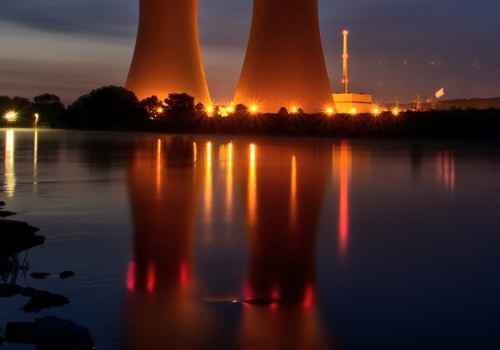

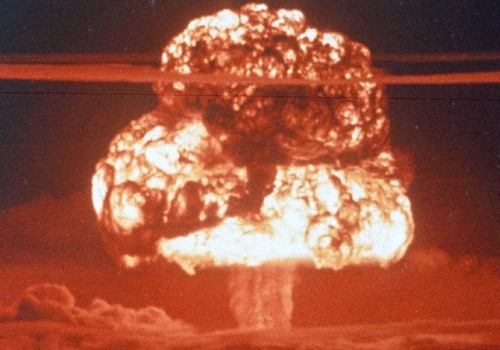
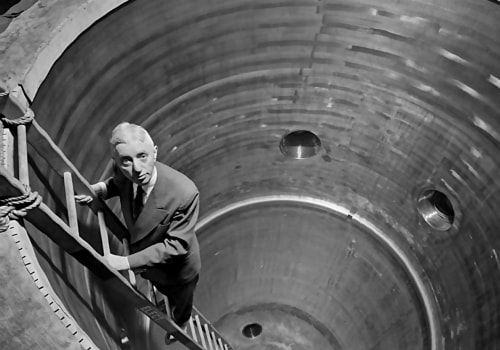
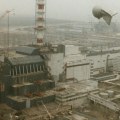
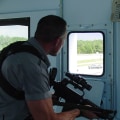
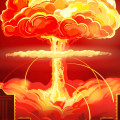
Leave Message